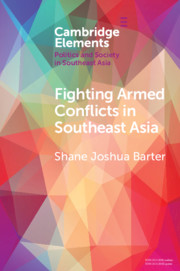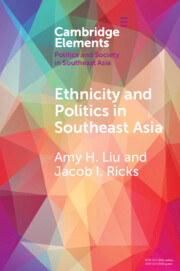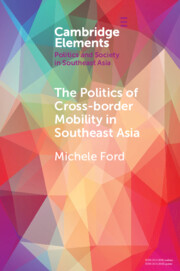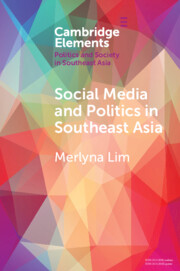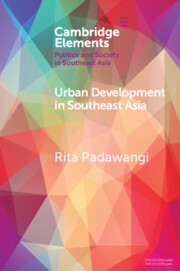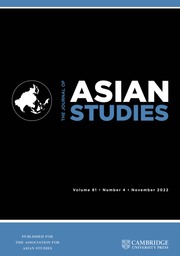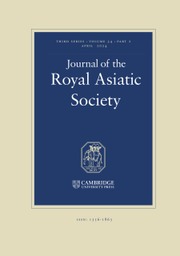Fighting Armed Conflicts in Southeast Asia
This Element seeks to make sense of Southeast Asia's numerous armed conflicts. It makes four contributions. First, this study provides a typology, distinguishing between revolutionary, secessionist, and communal conflicts. The first two are types of insurgencies, while the latter are ethnic conflicts. Second, this study emphasizes the importance of ethnicity in shaping conflict dynamics. This is true even for revolutionary conflicts, which at first glance may appear unrelated to ethnicity. A third contribution relates to broad conflict trends. Revolutionary and secessionist conflicts feature broad historical arcs, with clear peaks and declines, while communal conflicts occur more sporadically. The fourth contribution ties these points together by focusing on conflict management. Just as ethnicity shapes conflicts, ethnic leaders and traditions can also promote peace. Cultural mechanisms are especially important for managing communal conflicts, the lone type not declining in Southeast Asia.
Product details
October 2020Adobe eBook Reader
9781108669689
0 pages
This ISBN is for an eBook version which is distributed on our behalf by a third party.
Table of Contents
- 1 Introduction
- 2 The Quality of Authoritarian Rule
- 3 Between Retrograde and Sophisticated Authoritarianism
- 4 Retrograde and Sophisticated Authoritarianism in Southeast Asia
- 5. Conclusion
- Bibliography.

